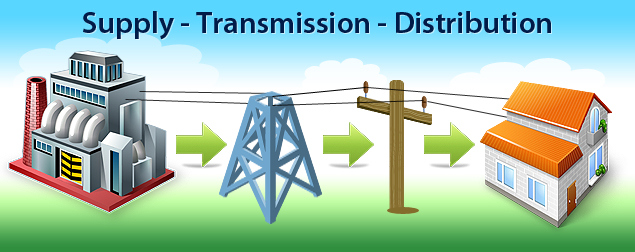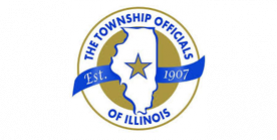Regulation of public utilities by federal and state governing bodies dates back to the 1930s and was instrumental in forming the vast infrastructure we have today. Without this federal and state oversight, the nation would not have the reliable systems that now span the continental U.S. Through the years, a number of regulations (Federal Power Act of 1935, Public Utilities Holding Company Act of 1935, Natural Gas Act of 1938, Public Utilities Regulatory Policy Act of 1978, Energy Policy Act of 2005, et. al.) have helped shape the relationship between utilities and customers. Although the rules have changed over time to allow deregulation of the natural gas and electric industries, two things remain constant: Federal regulation of interstate commerce is performed by the Federal Energy Regulatory Commission (FERC), and regulation of intrastate affairs is handled by the respective state Public Utilities Commissions.
The electric and natural gas industries are similar in their structure and operation in that each is made up of three distinct components (i) the commodity SUPPLY portion (ii) the long-distance TRANSMISSION of the commodity and (iii) the local DISTRIBUTION of the commodity to our homes and businesses. Early on, the local utility handled all three phases of the operations in a vertically integrated manner. Growth, construction, and the entry of new providers to the scene prompted deregulation in the natural gas and electric industries. Ultimately, the three phases—supply, transmission, and distribution—were separated, rearranged and in some cases sold to regional transmission organizations or other companies.




